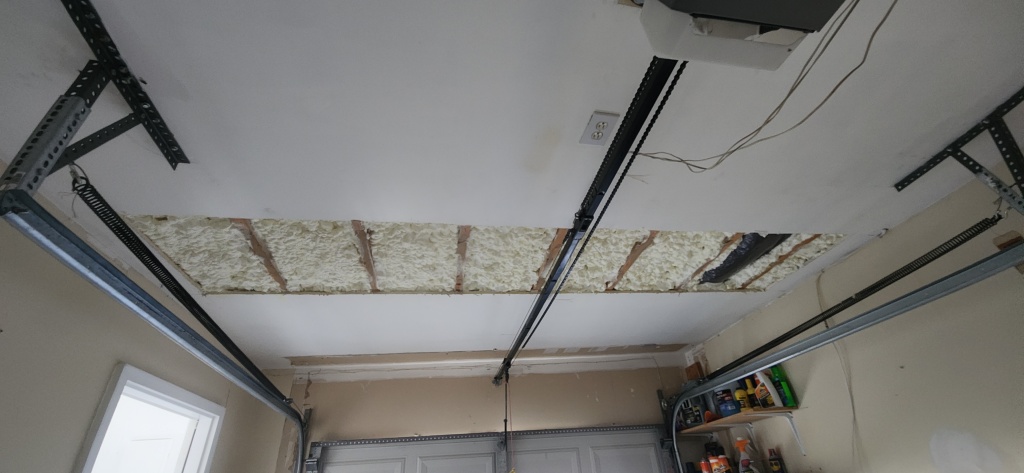Are you tired of walking into that one room over the garage and feeling an instant chill—no matter how high you turn up the heat? You’re not alone. Countless homeowners deal with this frustrating issue every winter: a space that’s impossible to keep warm, uncomfortable to sleep in, and a constant reminder that something’s not right with your home’s insulation or HVAC system. The good news? It doesn’t have to stay that way. Let’s look at why these rooms get so cold and what you can do to fix the problem for good.
Several factors contribute to the coldness of rooms above garages. There are three key areas to improve:
Addressing these areas will significantly improve the comfort and energy efficiency of your home.
Most rooms over garages stay cold because the insulation underneath just isn’t doing its job. In many homes, the garage ceiling is insulated with fiberglass batts that don’t fully fill the space between the joists. That leaves gaps where heat can easily escape, making the insulation far less effective.
Air leaks make the problem even worse. Cold air can sneak into the floor cavities above the garage—especially where the garage connects to the rest of the house. Homes built before 2000 often weren’t sealed properly, and the fiberglass insulation used back then doesn’t stop air from moving through it. So even if insulation is in place, it can’t keep warm air in or cold air out.
These issues can cause more than just discomfort. Bathrooms above garages sometimes have pipes that freeze in winter. In summer, warm, humid air can cause condensation on HVAC ductwork, leading to mold, mildew, and other potential health concerns.
As discussed above, there are two essential steps to properly separate a room over the garage from the cold temperatures below:
Unfortunately, these important details are often hidden behind drywall in the garage, making them difficult to access. When that’s the case, there are three main ways to address the problem.
If your garage ceiling is already covered with drywall, you still have a few effective options for improving insulation and air sealing:


Each method has its pros and cons, but the goal is always the same — eliminate air gaps and create a continuous thermal barrier between the garage and the living space above.
Most homes lose a surprising amount of heat through the attic. Current building codes require R-60 insulation, which equals roughly two feet of insulation material. However, many older homes fall short of this standard. Upgrading attic insulation to R-60 can dramatically improve comfort and energy efficiency by preventing valuable heat from escaping into the cold attic space.
In addition, about 20% of all air leaks in a home occur in the attic, which impacts both comfort and energy bills. Sealing and properly insulating these areas from above helps maintain consistent temperatures throughout your home and reduces wasted energy.
Rooms over garages are often the farthest from the HVAC system, which means they receive less airflow and stay colder. On top of that, most duct systems lose up to 30% of heated or cooled air before it ever reaches the vents. Accessing and sealing these duct leaks can be difficult, but Aeroseal duct sealing offers a proven solution. This technology seals leaks from the inside, improving airflow, comfort, and overall system efficiency.
If your room over the garage still feels uncomfortable no matter what you do, it’s time to get a Home Energy Audit from Atlas Home Energy Solutions. Our certified experts will identify exactly where your home is losing heat or air and help you prioritize the improvements that make the biggest impact on comfort and energy savings. Plus, thanks to the EmPOWER Maryland rebate program, you may qualify for up to $10,000 in rebates for insulation, air sealing, and HVAC upgrades.
Schedule your Home Energy Audit today and take the first step toward a warmer, more efficient home — and lower energy bills all year long.